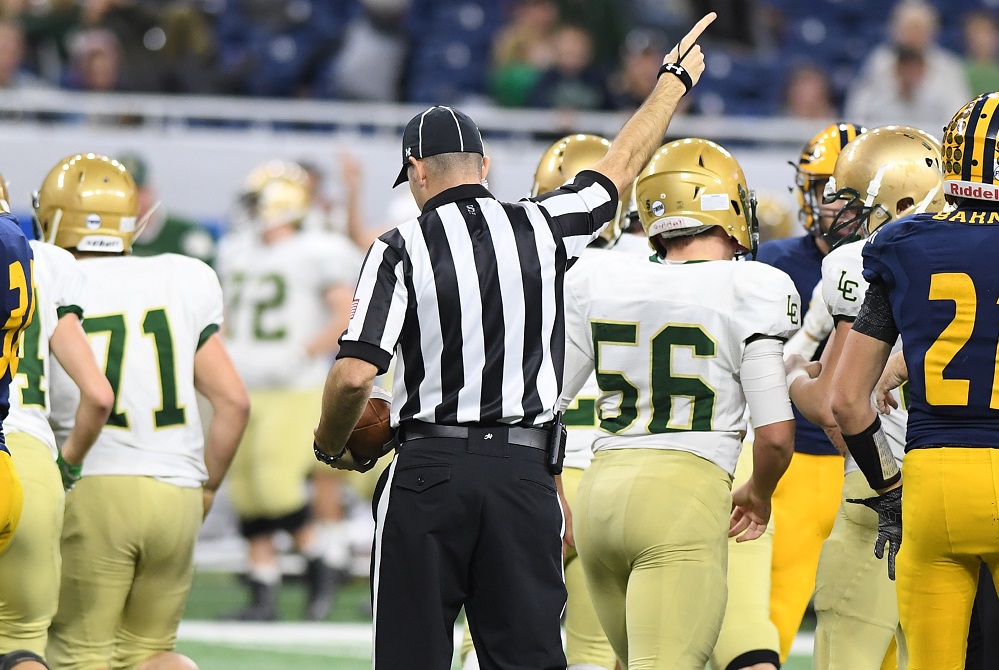
Kicking Bad Habits
May 4, 2018
Forty years ago, as a youngster on a venerable staff at the national office of the National Federation of State High School Associations, where the playing rules for high school football were published, I would entertain my colleagues with a quixotic proposal – year after year – to eliminate the kickoff from football.
As a college player, I got my first playing time as a member of the kickoff team. I knew it was because the coaches didn’t want to risk injury to better players.
As a high school coach, when I conducted preseason scrimmages, I always insisted that kickoffs not occur because I didn’t want to risk season-ending injuries before the season even began.
So, as the world of football from youth levels to the pros is eliminating kickoffs or altering rules to reduce their frequency, I write smugly, “What took you so long?”
Rules committees on every level for every sport have an obligation to examine the data for their sports closely and determine precisely the circumstances that cause the most injuries. And then they must create and enforce rules that will eliminate or greatly modify that most injurious situation.
If the data tells us now what my gut told me as a young coach and administrator, we should give kickoffs the boot.

Be the Referee: Pass Interference
By
Geoff Kimmerly
MHSAA.com senior editor
September 2, 2021
This week, MHSAA officials coordinator Sam Davis explains the differences in high school pass interference rules from those at the college and pro levels.
Be The Referee is a series of short messages designed to help educate people on the rules of different sports, to help them better understand the art of officiating, and to recruit officials.
Below is this week's segment – Pass Interference – Listen
One of the big differences between high school football and the college or pro game is how pass interference is called.
In high school, there is no such thing as an “uncatchable” pass. If there is illegal contact by the defender while the ball is in the air, that’s pass interference, no matter where the pass ultimately ends up.
Also – in high school – a defender can “face guard” as long as no contact is made with the receiver. That is not pass interference, even if the defender does not look back for the ball.
Both of those interpretations differ from the college and pro game. Both (of those) levels have an uncatchable exception, and neither allows for face guarding.
Keep that in mind the next time you think you’ve spotted pass interference at the high school level.
Previous editions
Aug. 26: Protocols and Mechanics – Listen

